Open Letter to Governor John Kasich
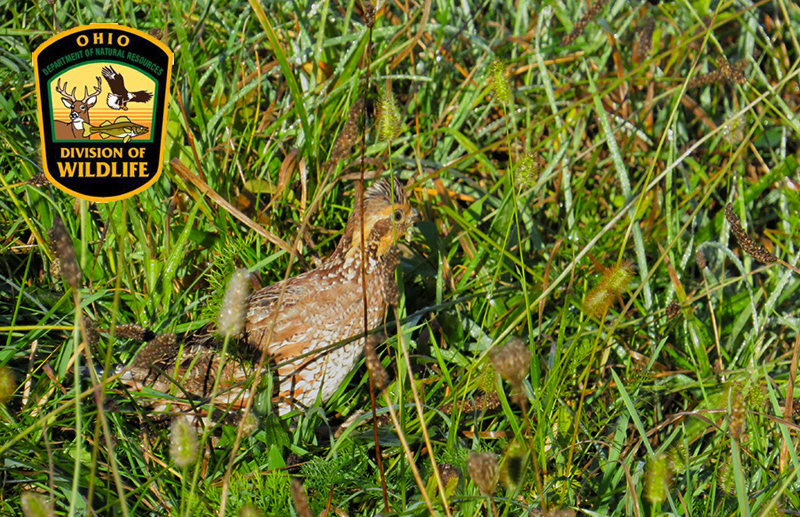
Governor Kasich:
Ohio’s wildlife and wild spaces are no place for power-brokering or politics.
Despite over 30 conservation and sporting organizations and five retired Ohio Division of Wildlife chiefs calling for modest price increases in Ohio hunting and fishing licenses, the Ohio Division of Natural Resources Director James Zehringer, Assistant Directors Fred Shemp and Gary Obermiller resist the call to action to properly fund Ohio’s wild places. They are doing you and the citizens of this state a disservice.
The majority of Ohio outdoorsmen and women recognize that 14 years without a license increase makes little sense in the face of rising costs. They are willing to shoulder more of a burden, actually many are happy to, if it insures the future of Ohio’s great outdoors, resources and beauty.
Director Zehringer’s actions defy logic. When sportsmen call to increase fees on themselves and the ODNR response is “we don’t want your money, we don’t care if you believe wildlife is being underfunded,” it makes one question the true motives. I suspect if you were to ask the biologists at the Ohio Division of Wildlife (ODOW) if they could use funds generated by a license increase to provide better programs, education, enforcement, access and help fill 25 open field officer positions their answer might be a bit different.
Fisherman and hunters wholly fund the Division of Wildlife. It is a self-sustaining model of which we are proud. We don’t need bureaucrats telling us when outdoor opportunities, habitat, wildlife protection and enforcement are lacking. As stewards of the outdoors, we supply that feedback directly to the folks charged with the task, the ones we pay to do the job. We don’t need our voices filtered through the Ohio Division of Natural Resources’ competing interests of oil and gas, mining, agriculture and lobbyists.
The Division of Wildlife should be a cabinet level position advocating Ohio’s wildlife and wild places and should not be muzzled by appointees who are not sportsmen, biologists or naturalists. Current Ohio Division of Wildlife Chief Ray Petering, holding a Bachelor of Science Degree in Fisheries Management from The Ohio State University as well as a Master of Science Degree in Fisheries Biology from the University of Georgia, should be reporting directly to you Governor Kasich.
Decreased participation has been repeatedly cited by both Zehringer and Obermiller as the counter to any resident license increase. But the main driver of participation is opportunity and education. Look at states where outdoor activities and opportunity abound supported by state recruitment and retention programs. Minnesota comes to mind with a solid 34% of their populace purchasing hunting and fishing licenses, compared to just 6.5% of Ohioans. Minnesota has a walk-in access program that opens 23,500 acres of private land at over 200 locations to hunters and 1.29 million acres of state owned land at 1,440 areas enrolled as Wildlife Management Areas. 16.1% of the state of Minnesota is open to public hunting versus just 2.5% of the state for Ohio. Coincidentally, Minnesota’s resident small game license is $22 – just $3 more than Ohio’s and exactly the increase that the coalition of conservation and sporting groups is advocating for Ohio.
Governor, unlike your appointed advisor, Zehringer, I won’t go beyond my depth to advise. But let me tell you what makes sense for Ohio’s bird hunters as someone who travels over 35,000 miles annually in this country hunting dozens of states 100 days a year:
• Increase the resident hunting license by $7 (just .50¢ per year for the 14 years with no increase).
• No increase to senior (65 and over) or youth (16 and under) licenses.
• Tie all license fees to inflation so that we never need to have this ridiculous discussion again – numerous other states have done this and it takes politics out of future funding decisions.
• Create a state upland bird stamp that covers the cost of the pheasant stocking program. Ohio releases 25,000 pen-raised birds costing the state at least $300,000 annually. The upland stamp should cover the cost of this program plus 100% which would be used as dedicated funds for habitat improvements for game birds on state lands. Ohio should not be in the game farm business unless it benefits a greater mission, plain and simple.
• Mandatory habitat stamp of $10 required for anyone accessing Ohio public lands or waters and all non-resident hunters. Proceeds would be dedicated to expanding access and opportunity with purchase of additional state lands and a private land access program which would strengthen cooperation between landowners, hunters and the Ohio Division of Wildlife.
Assistant Director Obermiller also seems concerned with morale under the current structure. Obermiller stated at a recent public event the Natural Resources Department and the Wildlife Division have “always had morale problems.” When experts and specialists in a field are placed beneath layers of burdensome, unqualified bureaucracy and management the obvious result is discontent.
Release the Ohio Division of Wildlife to report to those who employ them, the hunters and fishers of this state. Morale will soar as well as engagement. Task ODOW with fostering and growing Ohio’s outdoor community and hold them to it. They will deliver with cooperation from sportsmen once you untie their hands.
Brian Koch
Editor, Ultimate Upland

Contact Director Zehringer to share your concerns:
james.zehringer@dnr.state.oh.us

Contact Asst. Director Obermiller:
gary.obermiller@dnr.state.oh.us
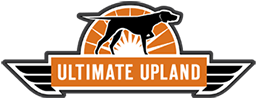
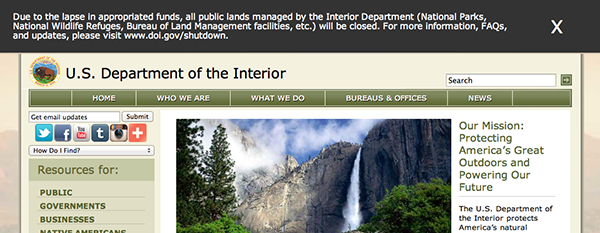
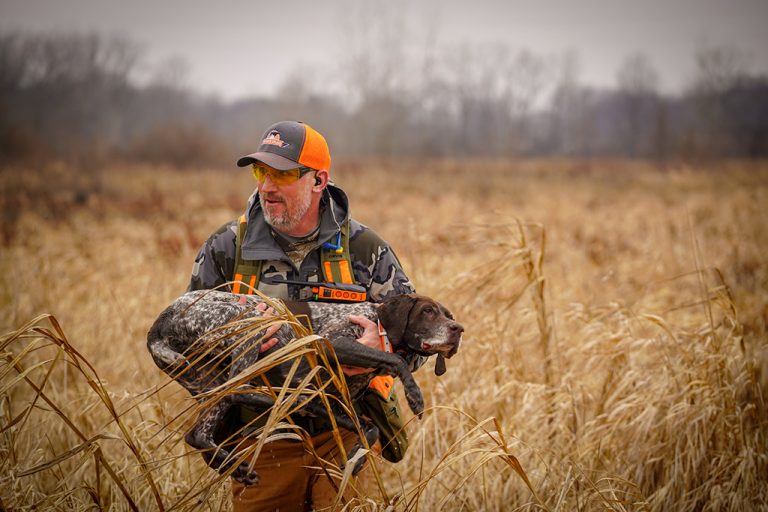
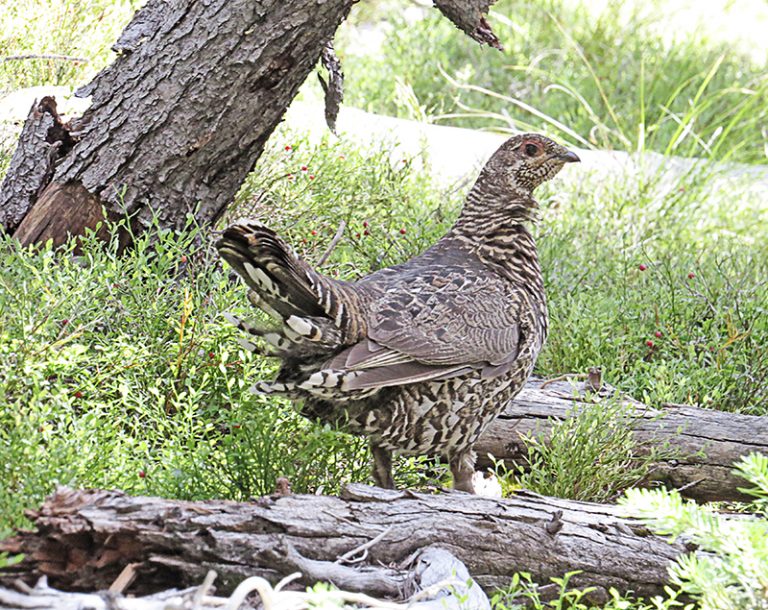


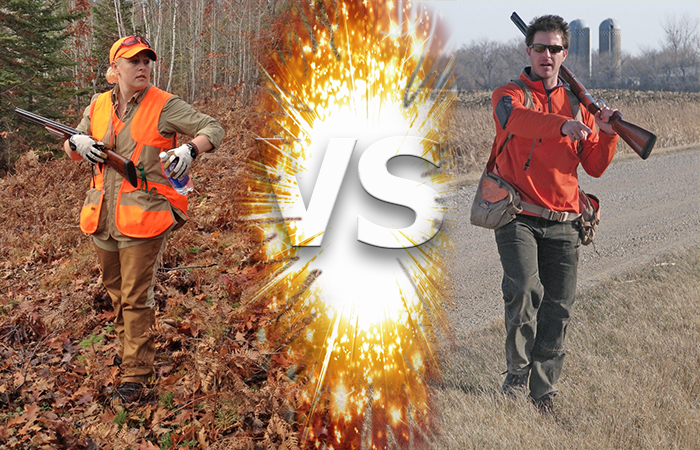
Well done Brian! Great letter.
As a hunter and fisherman I beleive it is very tmportant to keep and have great field officers. If license fees need to go up,fine. We have a great State to hunt in lets keep it that way.
Well put.
I’m sorry but I totally disagree. Mismanagement of funds is the larger culprit. We have seen very little improvement in anything during the last 10 years (in Ohio) . Stocking programs have vanished, use of public land is being changed , (referencing being gated out for access to the local watershed impoundments in Perry county, Ohio) People with physical concerns or disabilities are being denied use of aids to enable them to access BUT local authorities have $50-60 thousand dollar vehicles to ride around in. If you will look at your surveys from the “free fishing” days each year, you will see a significant increase of younger people fishing those two days BECAUSE they cannot afford the cost of a license that they’ll only use a few times each year, overlooking the fact they will SPEND money for gas, bait and fishing gear which boosts the economy. Another negative is the checking system of game after harvesting. Doing it via computer has made many outlaws as well as reducing the bottom line of the retail stores that catered the sportsman. (checking stations.) Sorry for the rant but I’m am vehemently opposed to a license increase and it does NOT affect me personally. One last thought, a young person that is sitting at a pond fishing is not likely to be breaking the law doing something else and if they can’t afford a license, how will they get THEIR kids started in fishing and using the outdoors respectively ?
So how much should a hunting and fishing license cost? What vehicle would be acceptable for field officers? Do you believe stocking programs are free? Are checking stations run free of cost?
Participation is down over the last 14 years yet license fees have stayed the same.
I disagree. Jim Glass, comments above, hit the nail on the head. In short, an increase in hunting and fishing licenses will not automatically go to improving upland habitat. Ohio’s DNR does very little to improve or even to focus on improving wildlife habitat. That is the real issue.
True, upland habitat might not be the sole benefactor of an increase. Which is why we need a state upland stamp making those funds dedicated to upland habitat restoration.